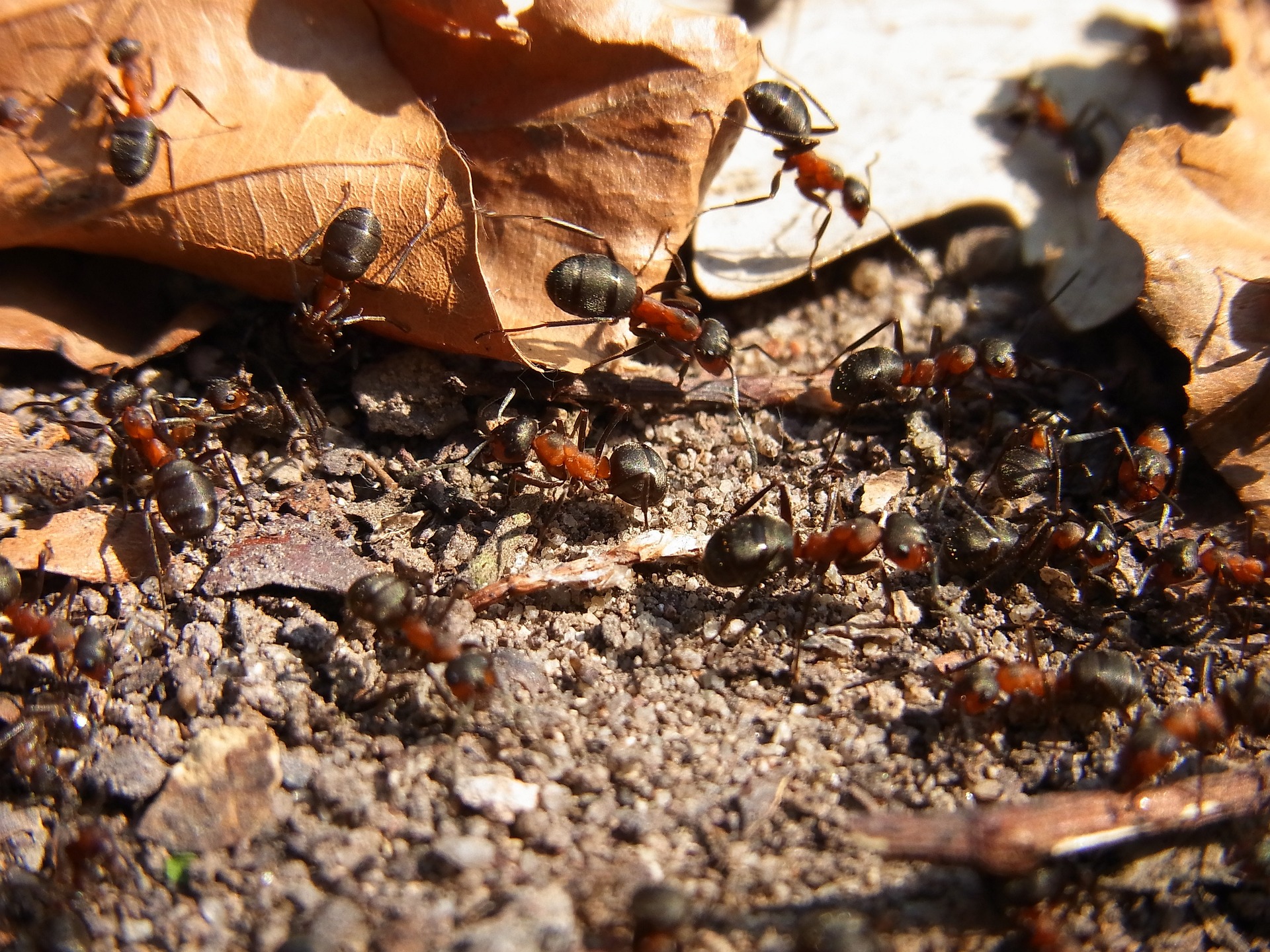
Birds, Plants and Ants: An Evolutionally Holistic Relationship
By Gayil Nalls
Sign up for our monthly newsletter!
Have you ever witnessed a bird seizing an ant, crushing it in its beak, and then applying it to its feathers? This brutal practice isn’t uncommon, you’ve probably witnessed a bird doing it and just assumed they were preening.
This fascinating behavior, known as anting, was first described by James Audubon, who observed young turkeys rolling on ant hills, provoking them to attack and run through their plumage.
Anting has since been observed in over 200 bird species worldwide
Ants produce chemicals such as formic acid, and it is believed that this self-anointing ritual serves as a bactericidal, fungicide, and insecticide, effectively controlling microorganisms like mites, lice, and other parasites, as well as bacteria and fungi. Dust bathing is considered a passive form of anting, where birds utilize dirt in areas abundant with insects and their chemicals. Additionally, it is speculated that anting helps remove old preen oil and conditions the feathers.
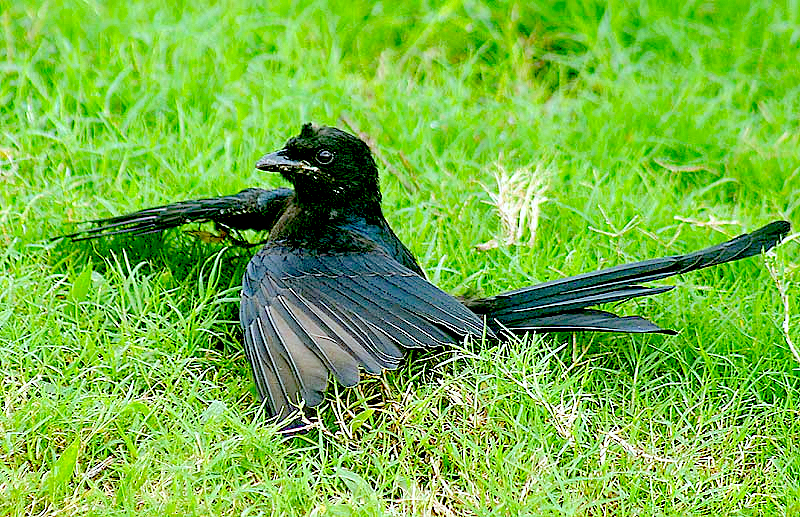
Recent advancements in evolutionary biology propose that birds can thank the expanding presence of flowering plants on the planet for the abundance of ants that aid them now. A study published in the Proceedings of the National Academy of Sciences highlights the significant role of flowering plants, or angiosperms, which emerged approximately 150 million years ago, in shaping the evolutionary path of ants. By combining extensive data on ant fossils and DNA, this research confirms the long-held hypothesis that angiosperms played a crucial role in the diversification and proliferation of ants.
The study reveals that ant species closely associated with angiosperms experienced flourishing populations, whereas those with specialized feeding habits not linked to plants faced extinction as environmental conditions shifted. Stem ants, characterized by specific feeding adaptations, began to decline as flowering plants replaced ferns and conifers. However, generalist ants could adapt to the new food sources provided by angiosperms, leading to their survival and diversification.
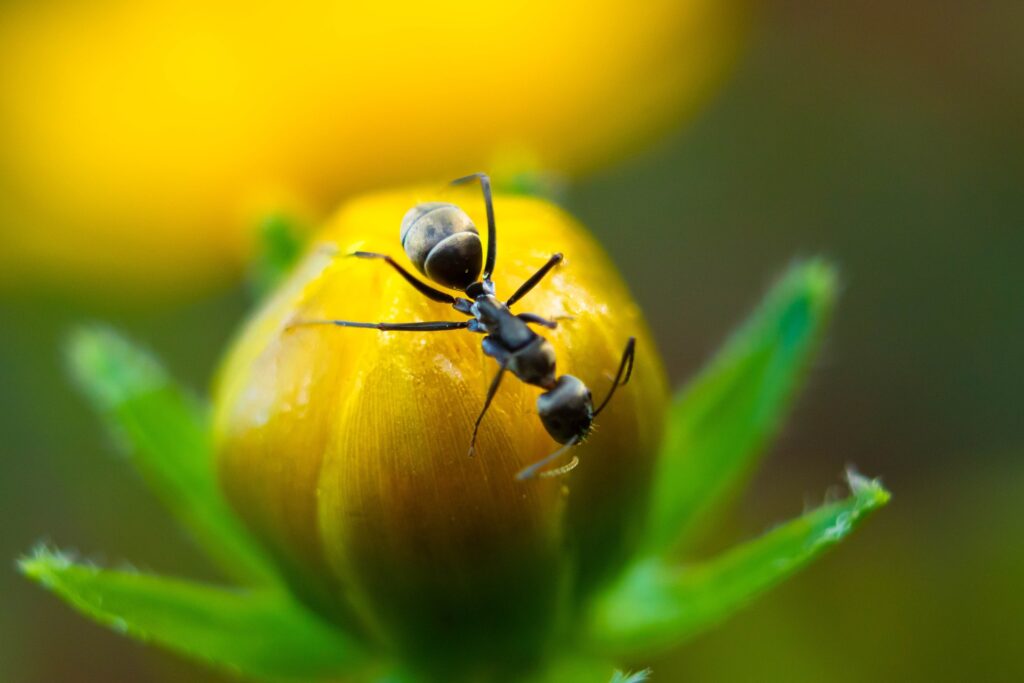
This research underscores the importance of integrating both fossil and phylogenetic data to comprehend evolutionary dynamics fully. It suggests that specialization might increase the vulnerability of species to extinction, providing insights into the susceptibility of modern species to climate change. Ultimately, the rise of angiosperms not only influenced ant diversity but potentially secured the continued existence of ants as a fundamental component of ecosystems.
In the process, plants developed methods to enlist ants to defend them from threats and disperse their seeds, as revealed in another study. Analyzing the genetic background of 1,700 ant species and 10,000 plant genera, researchers unveiled a longstanding history of co-evolution. It commenced with ants foraging and nesting on plants, prompting plants to adapt traits conducive to ant interactions. Some plants evolved through their interaction with ants to both attract and bribe them by creating rich packets dense in proteins and lipids attached to the seed (called elaisomes). This seed placement system means the young plants won’t have to compete for resources.
Birds too dispense seeds both by knocking them to the ground as they feed and by-passing seeds in their droppings where the fecal matter also acts as fertilizer for the seed. In many cases, plants, such as wild cherry trees, evolved their dispersal techniques to require a bird’s digestive system to prepare the seed for germination.
Plants, ants, and birds have co-evolved over millions of years, shaping ecosystems worldwide. The emergence of angiosperms not only influenced ant diversity but likely secured the survival of ants altogether. The evolutionary ascendancy of flowering plants sparked the significant expansion and diversification of ant species, consequently influencing contemporary bird behaviors. Plants and ants now inhabit diverse habitats across almost all continents and birds disperse and plant seeds as they migrate.
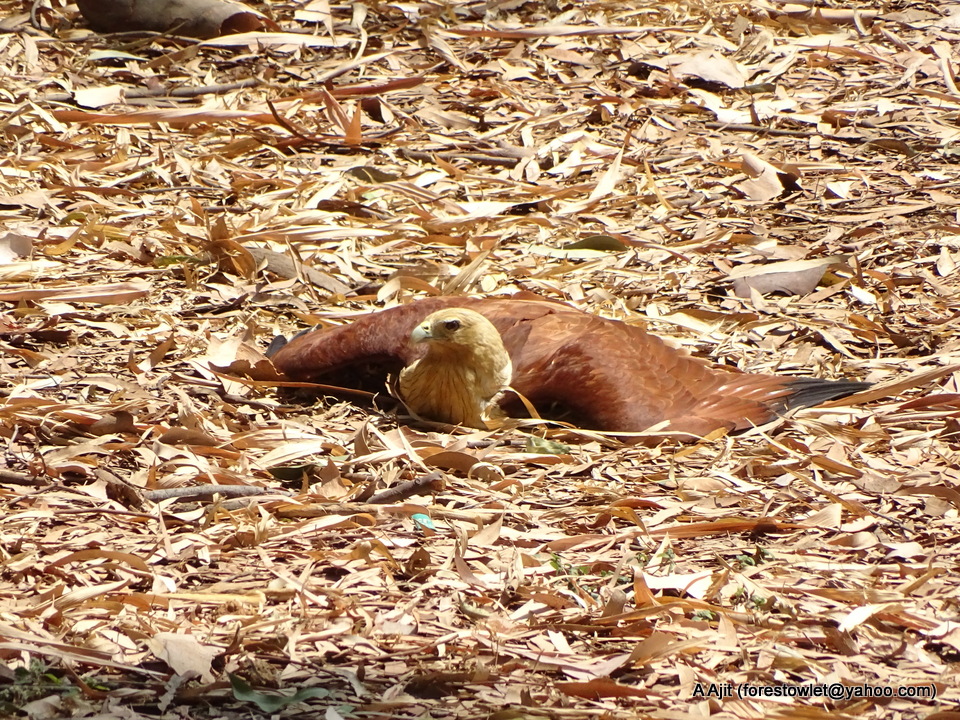
Plants, ants, and birds have been evolving together for millions of years. Ants are found in diverse habitats on nearly all continents. Ultimately, the rise of angiosperms not only shaped ant diversity but potentially ensured the continued existence of ants as a whole. The evolutionary rise of flowering plants led to the profound proliferation and diversification of ant species which in turn led to the bird anting behavior we see today.
Gayil Nalls, Ph.D., is the creator of World Sensorium and founder of the World Sensorium/ Conservancy.
Plantings
Issue 30 – December 2023
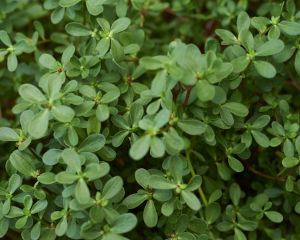
Viriditas: Musings on Magical Plants: Portulaca oleracea
By Margaux Crump
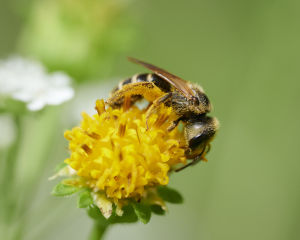
Proboscis, Pollen, and the Rapture of Interspecies Intimacy
By Jake Eshelman

The Greening of Milan: Porta Nuova and Vertical Forest
By Gayil Nalls

Overshooting Earth’s Boundaries: An Interview with Bill Rees
By Rachel Donald
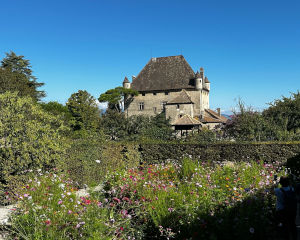
The Garden of the Five Senses
By Gayil Nalls

Eat More Plants Recipes:
Le Botaniste’s Fennel, Tomato, and Red Pepper Pasta Sauce

As Ireland transitions from the rich, smoky scent of peat-burning to a more sustainable future, its olfactory heritage is evolving. What will become the next iconic aromatic symbol of Ireland?
Click to watch the documentary trailer.


